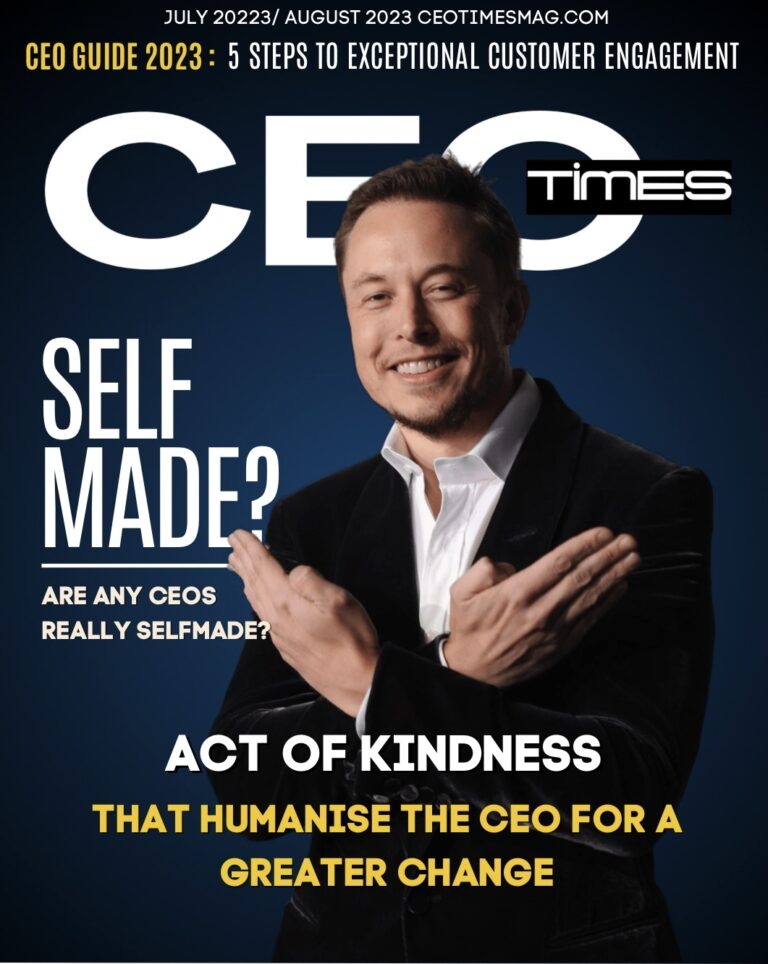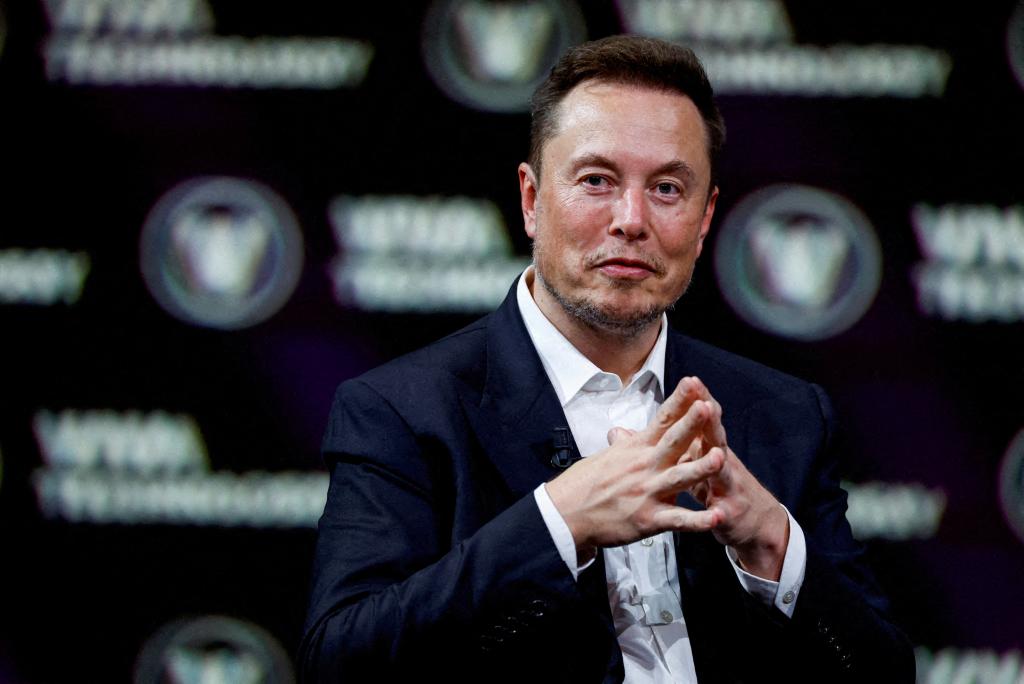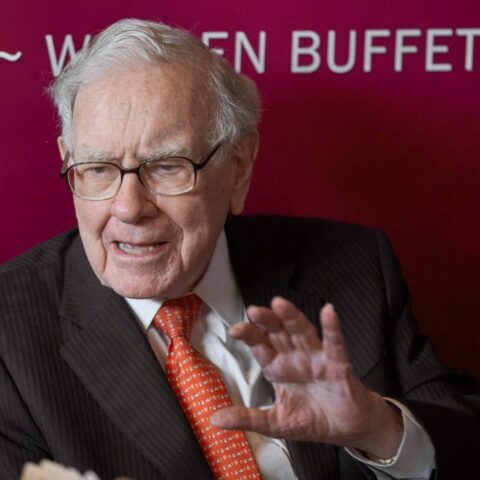Amid a full year of declining sales, incoming CEO Michael Fiddelke bets big on store upgrades, sharper pricing, and exclusive offerings to win back budget-strained shoppers.
Target is embarking on one of its largest reinvestment efforts in a decade, committing $5 billion to store improvements next year after reporting its 12th consecutive month of weak or declining sales. The retail giant continues to struggle with shrinking customer traffic, competitive pressure, and shifting consumer priorities — all of which are weighing heavily on its bottom line.
In the most recent quarter ending Nov. 1, same-store sales fell 2.7%, with customer visits down 2.2% and average spending slipping 0.5%. Shares fell another 0.9% following the report and are down 36% year-to-date, signaling deep investor concerns.
Incoming CEO Michael Fiddelke, who will take the helm on Feb. 1, outlined an aggressive turnaround strategy centered on improving the in-store experience. “Mission 1 through 10 is to get back to growth,” he said, declining to predict when the company might see positive sales again. Target plans to add $1 billion to its in-store experience investment, raising next year’s capital expenditures to $5 billion — a 25% jump.

Fiddelke acknowledged that inflation, a shaky economy, and the 44-day government shutdown have caused consumers to pull back on discretionary purchases, especially categories like apparel and home goods. Target has also faced intensified competition from Walmart, Shein, and Temu, whose lower prices have captured cost-conscious shoppers.
Internal challenges have added to the pressure. Complaints about messy stores, empty shelves, and understaffing have pushed Target to overhaul processes, including updating its online fulfillment system to free up workers for customer service and stocking. The company also laid off 1,800 corporate employees last month — its largest reduction in a decade.
Target’s merchandising strategy is also undergoing a refresh. Designers have been dispatched to rodeos and ski lodges for trend inspirations, while price cuts were rolled out across 3,000 everyday items. The holiday season lineup has been expanded to 20,000 new products, more than double last year’s assortment, with over half exclusive to Target. Value-focused items include $1 ornaments, $5 candles, and $10 throws.
Adding to its experiential push, Target unveiled a store-exclusive Starbucks frozen peppermint hot chocolate — part of a broader effort to keep stores feeling fresh and festive.
Despite the upgrades, executives warn that consumer trade-offs will persist. Halloween trends already revealed a pattern: shoppers bought costumes and candy, but avoided décor. This winter, Target expects customers to prioritize “what goes under the tree versus what goes on the tree.”
Target reaffirmed its expectation of a low single-digit sales decline for the holiday quarter and cut its full-year profit forecast to $7–$8 per share. Third-quarter revenue slipped to $25.27 billion, and net income dropped 19% to $689 million.
In a strategic digital move, Target also announced a partnership with OpenAI, enabling customers to browse and purchase Target products directly within the ChatGPT app.
As the retailer braces for a challenging holiday season, Fiddelke is placing a bold wager that sharper pricing, cleaner stores, stronger merchandising, and tech-forward initiatives will reconnect Target with shoppers — and put America’s big red retailer back on the path to growth.

















